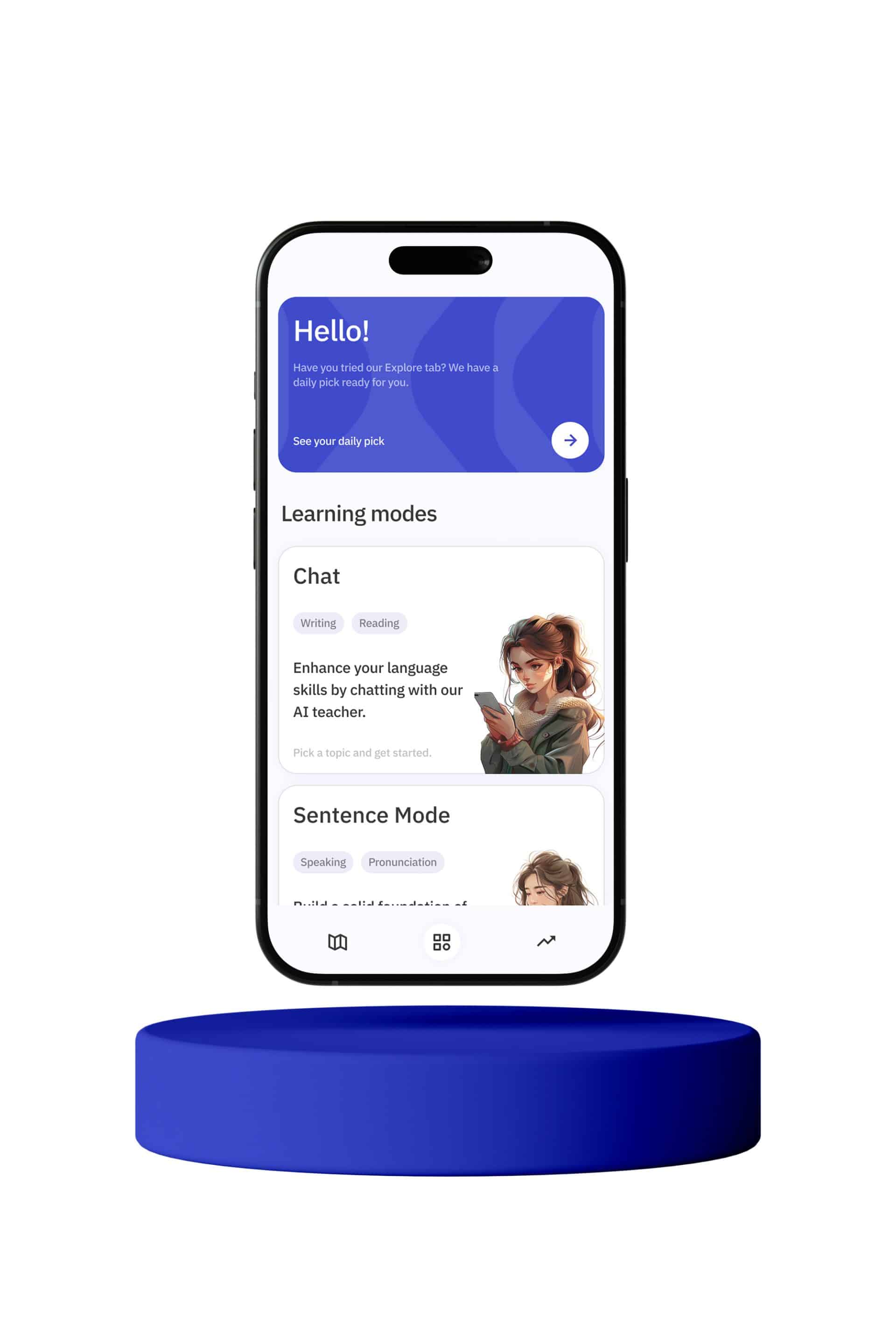Learning to compare adjectives is a crucial skill in any language, as it allows you to describe differences and similarities between objects, people, or situations. If you’re learning Finnish, you’ll come across the word kuin, which is an essential part of constructing comparative sentences. This article will guide you through the process of comparing adjectives using kuin, providing examples and explanations to help you grasp this concept effectively.
Understanding Kuin
In Finnish, kuin is often used to mean “than” in comparative structures. For example, in English, you might say, “She is taller than him.” In Finnish, you would say, “Hän on pidempi kuin hän.” Here, kuin functions similarly to “than” in English, helping to compare two entities.
Basic Comparative Structure
The basic structure for forming comparative sentences in Finnish is:
Subject + verb + comparative adjective + kuin + comparison object.
Let’s break this down with an example:
– English: “This book is more interesting than that book.”
– Finnish: “Tämä kirja on mielenkiintoisempi kuin tuo kirja.”
In this sentence:
– “Tämä kirja” (this book) is the subject.
– “on” (is) is the verb.
– “mielenkiintoisempi” (more interesting) is the comparative adjective.
– “kuin” (than) introduces the comparison.
– “tuo kirja” (that book) is the comparison object.
Forming Comparative Adjectives
Before you can use kuin in comparative sentences, you need to know how to form comparative adjectives in Finnish. Generally, you add the suffix “-mpi” to the adjective’s base form. Here are a few examples:
– suuri (big) → suurempi (bigger)
– kaunis (beautiful) → kauniimpi (more beautiful)
– kiva (nice) → kivempi (nicer)
– vanha (old) → vanhempi (older)
Let’s look at these in sentences:
– “Talo on suurempi kuin auto.” (The house is bigger than the car.)
– “Tämä puisto on kauniimpi kuin tuo puisto.” (This park is more beautiful than that park.)
Irregular Comparatives
While many adjectives follow the regular pattern of adding “-mpi,” some adjectives have irregular comparative forms. Here are a few common ones:
– hyvä (good) → parempi (better)
– huono (bad) → huonompi (worse)
– pitkä (long/tall) → pidempi (longer/taller)
– lyhyt (short) → lyhyempi (shorter)
For example:
– “Tämä elokuva on parempi kuin tuo elokuva.” (This movie is better than that movie.)
– “Hänen esityksensä oli huonompi kuin minun esitykseni.” (His presentation was worse than my presentation.)
Comparing Different Aspects
When comparing different aspects of the same subject, kuin can still be used effectively. Consider the following sentences:
– “Hänen työnsä on tärkeämpi kuin hänen harrastuksensa.” (His job is more important than his hobby.)
– “Tämä talo on vanhempi kuin tuo talo, mutta tuo talo on suurempi.” (This house is older than that house, but that house is bigger.)
Here, you can see how kuin helps to draw comparisons between multiple aspects, providing a clear and structured way to express differences.
Using Kuin with Numbers
Kuin is not only used with adjectives but also with numbers when making comparisons. For example:
– “Hän on kaksi vuotta vanhempi kuin minä.” (He is two years older than me.)
– “Tässä kaupungissa on enemmän asukkaita kuin siinä kylässä.” (There are more residents in this city than in that village.)
Notice that the structure remains the same, maintaining the clarity and simplicity of the comparative sentence.
Superlatives and Kuin
While this article focuses on comparatives, it’s worth noting the role of kuin in sentences involving superlatives. In Finnish, superlative adjectives typically end in “-in,” and kuin can be used to compare something to the entire group.
For example:
– “Hän on kaunein kuin kaikki muut.” (She is the most beautiful of all.)
– “Tämä on paras kirja kuin mikään muu.” (This is the best book of all.)
In these sentences, kuin helps to emphasize the superlative quality compared to the entire group.
Common Mistakes to Avoid
When learning to use kuin in comparative sentences, beginners often make a few common mistakes. Here are some pitfalls to watch out for:
1. **Using the wrong adjective form:** Ensure you’re using the comparative form of the adjective, not the base form.
– Incorrect: “Tämä talo on kaunis kuin tuo talo.”
– Correct: “Tämä talo on kauniimpi kuin tuo talo.”
2. **Omitting kuin:** Don’t forget to include kuin, as it’s essential for making the comparison.
– Incorrect: “Hän on vanhempi minä.”
– Correct: “Hän on vanhempi kuin minä.”
3. **Mixing up regular and irregular forms:** Pay attention to irregular adjectives and practice their comparative forms.
– Incorrect: “Tämä elokuva on hyvämpi kuin tuo elokuva.”
– Correct: “Tämä elokuva on parempi kuin tuo elokuva.”
Practice Makes Perfect
The key to mastering comparative sentences in Finnish is practice. Try creating your own sentences using kuin and the comparative forms of adjectives. Here are a few exercises to get you started:
1. **Translate the following sentences into Finnish:**
– “This coffee is better than that tea.”
– “My dog is bigger than your cat.”
– “This exercise is easier than the previous one.”
2. **Create comparative sentences using the following adjectives:**
– uusi (new)
– kallis (expensive)
– nopea (fast)
– lyhyt (short)
3. **Form sentences comparing different aspects:**
– Compare the size and beauty of two parks.
– Compare the age and importance of two buildings.
Additional Resources
For further practice and deeper understanding, consider using the following resources:
– **Textbooks and Workbooks:** Many Finnish language textbooks provide exercises on comparatives and superlatives.
– **Online Language Learning Platforms:** Websites like Duolingo, Babbel, and Memrise offer interactive exercises on comparing adjectives.
– **Language Exchange Partners:** Practicing with native Finnish speakers can provide real-time feedback and help reinforce your learning.
Conclusion
Understanding how to compare adjectives using kuin is a fundamental skill for communicating effectively in Finnish. By following the structure outlined in this article and practicing regularly, you’ll become proficient in making comparisons and expressing differences. Remember to pay attention to regular and irregular forms, and don’t forget the essential role of kuin in your sentences. Happy learning!








